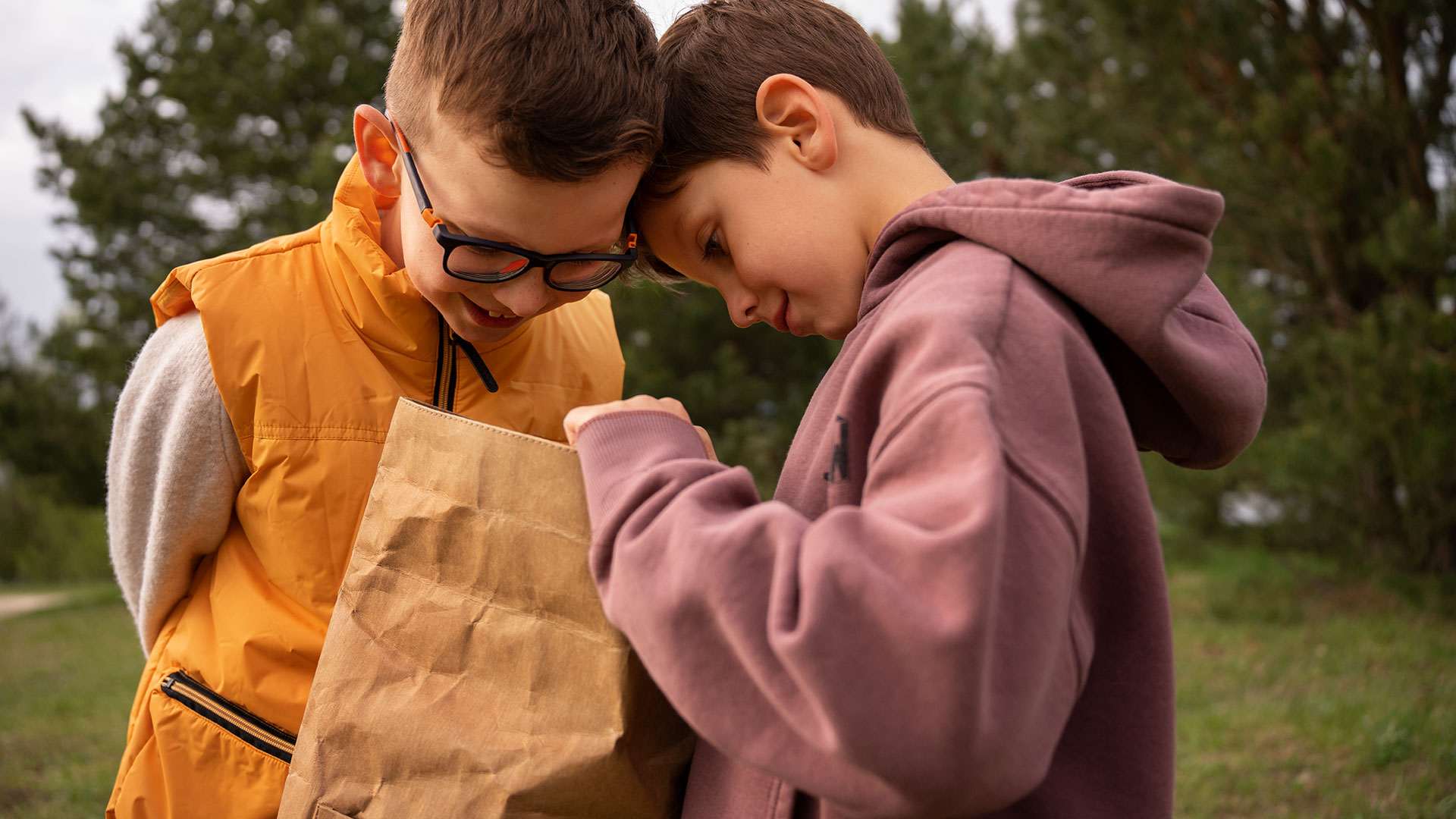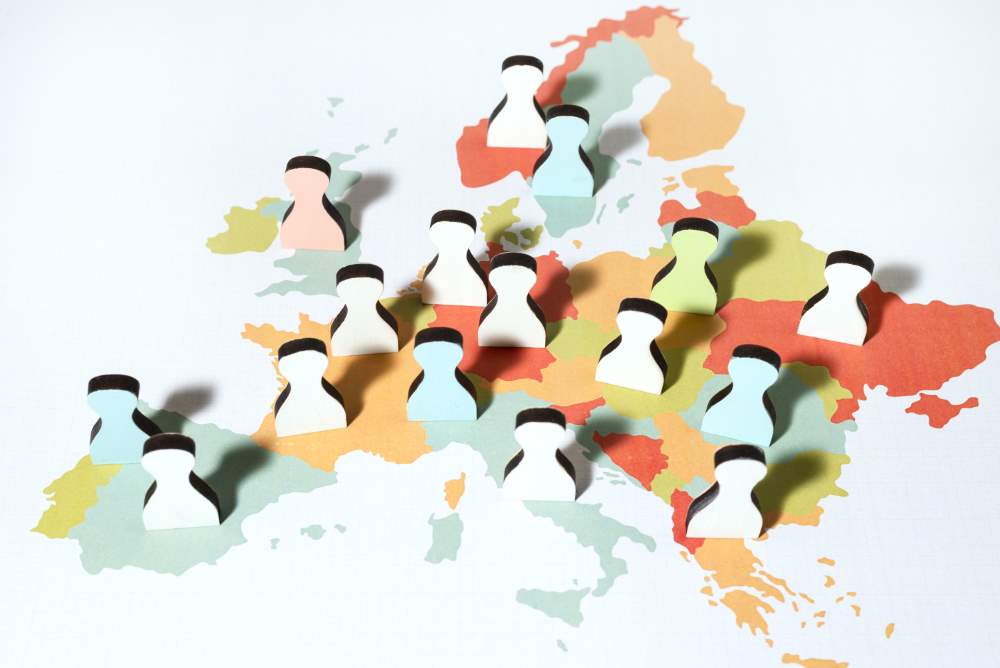As educators, our role goes beyond imparting academic knowledge; we are entrusted with shaping the character and values of our students. Gratitude, a profound and complex emotion, is a valuable life skill that requires cultivation. In a world often marked by materialism and instant gratification, instilling gratitude in young learners is a vital responsibility. Like parents, teachers play a pivotal role in guiding students away from entitlement and toward appreciation. In this article, we will explore the significance of teaching kids’ gratitude, offer practical strategies to instill this virtue, and address the issue of entitlement.
Understanding the Entitlement Conundrum
Entitlement, in simple terms, refers to the belief that one deserves privileges or special treatment without making an effort to earn or appreciate them. This sense of entitlement can develop easily in today’s consumer-driven society. Parents, in their desire to provide the best for their children, may inadvertently indulge their desires, further reinforcing this mindset. Entitled individuals often expect everything to be handed to them and may disregard the value of hard work and empathy. It is essential to guide our students away from entitlement and towards gratitude.
The Importance of Teaching Kids Gratitude
Children are not naturally born with a sense of gratitude. They do not instinctively recognize the efforts put in by parents and caregivers on their behalf. Gratitude is a learned behavior, and while some children may display it more naturally, most require guidance to develop this vital trait.
Instilling gratitude in young learners can yield significant psychological benefits, impacting not only their personal happiness but also their interactions with others. Grateful children tend to be more generous, maintain a positive attitude, experience reduced stress, and ultimately find greater joy in life.
Explaining Gratitude to Children
Teaching gratitude should commence early in a child’s development. While explaining the concept of gratitude may be challenging for children, real-life examples, questions, and engaging activities can make the process more accessible. Here are some essential aspects of teaching gratitude to young learners.
Top Tips for Teaching Kids Gratitude
Teach Good Manners: Encourage your students to use polite phrases such as ‘thank you’ and ‘please’. Leading by example, incorporate these words into your daily conversations. Positive reinforcement can help, such as delaying a request until the child reformulates it with polite language. The significance of these words, which may seem old-fashioned, cannot be overstated.
Talk About Gratitude: Teach students to appreciate the little things in life that often go unnoticed. Engage in daily conversations that highlight the beauty of the world around them. Share your own gratitude toward others, both through words and actions. This practice helps children recognize and appreciate the small wonders that surround them.
Perform Acts of Kindness: Encourage students to actively participate in acts of kindness, such as helping with household chores, volunteering, or sending thank-you notes. This hands-on experience helps them understand the many ways they can express gratitude and contribute positively to the world around them.
Preventing and Addressing Entitlement
Is your student displaying signs of entitlement? Here are some practical strategies to guide them toward a more appreciative mindset:
Give Age-Appropriate Chores: Assigning age-appropriate chores not only teaches responsibility but also instills a sense of contribution to the family. It helps children appreciate the efforts of others in maintaining a harmonious home environment. By sharing the responsibilities, they gain a deeper understanding of the value of effort and teamwork.
Encourage Independence: Foster independence in your students by allowing them to take care of themselves and participate in daily tasks. This not only helps them understand the value of effort but also promotes self-sufficiency. For example, a young child picking up their toys independently or older students managing their homework schedules are steps towards independence.
Model the Behavior: Children learn from observing adults. Be a role model for gratitude and demonstrate how to navigate the ups and downs of life with grace. Emphasize the importance of self-compassion when they make mistakes. By displaying gratitude in your own life, you provide a powerful example for them to follow.
Don’t Give In: While it’s natural to want to fulfill your students’ every wish, it’s essential to set boundaries and not succumb to their every desire. Encourage them to understand that instant gratification isn’t always the best path to happiness. This practice helps them appreciate the value of patience, perseverance, and delayed gratification.
Fun Gratitude-Building Activities:Engaging activities can make the learning process enjoyable and memorable. Encourage students to participate in activities like gratitude walks, gift-giving, gratitude journals, and gratitude jars. These activities help them internalize the concept of gratitude while having fun. Here’s a closer look at some of these activities:
Gratitude Walks: Enjoying nature and paying attention to small details during walks can help students develop a greater appreciation for the world around them. Encourage them to notice the beauty in everyday things, like the color of the sky or the delicacy of a flower.
Gift-Giving:Teach students that gifts can also be non-material, such as hugs, kisses, or thank-you notes. Encourage them to express their gratitude towards friends and family through these thoughtful gestures.
Gratitude Journal: A gratitude journal is a valuable tool for children of all ages. Older children can write down their thoughts, while younger ones can draw and paint to express their gratitude. This journal can serve as a daily practice in acknowledging the positive aspects of their lives.
Gratitude Jar: Similar to the journal, the gratitude jar encourages students to reflect on what they are thankful for daily. They write down one thing they are grateful for each day and place it in the jar. This visual representation of gratitude can be a powerful reminder of life’s blessings.
Teaching and Explaining Gratitude
Fostering gratitude is a gradual process that requires patience and consistency. While teaching kids gratitude is not an overnight transformation, the effort is entirely worth it. Students who internalize gratitude often experience positive ‘side-effects’ such as compassion, generosity, increased happiness, better mood, and ultimately better health. Furthermore, teaching and explaining gratitude to kids equips them for life beyond childhood. Entitled adults often struggle with unhappiness and difficulty establishing meaningful relationships, a future that no parent or educator wishes for their children. In the fast-paced, materialistic world we live in, teaching gratitude is a vital responsibility for both parents and educators. It is our collective duty to guide young learners away from entitlement and toward appreciation. By incorporating gratitude into their daily lives through modeling, dialogue, and engaging activities, we can help them develop this invaluable life skill. As educators, our efforts in teaching kids’ gratitude will have a lasting impact, shaping them into appreciative, compassionate, and emotionally resilient individuals. In a world where gratitude can often be overshadowed by consumerism, let us ensure that our students remain firmly rooted in the practice of thankfulness.




